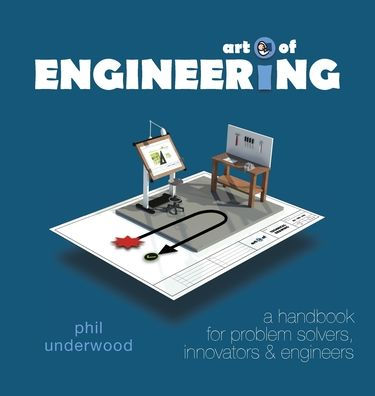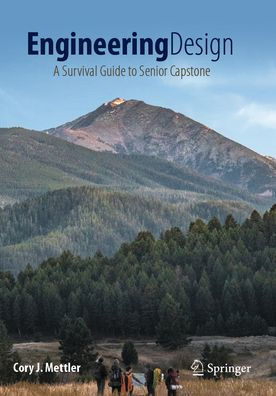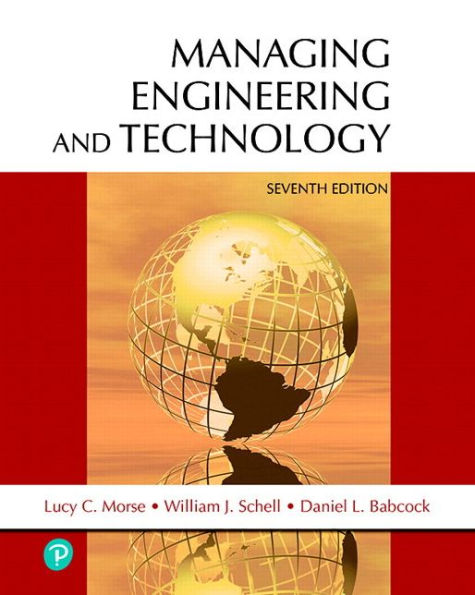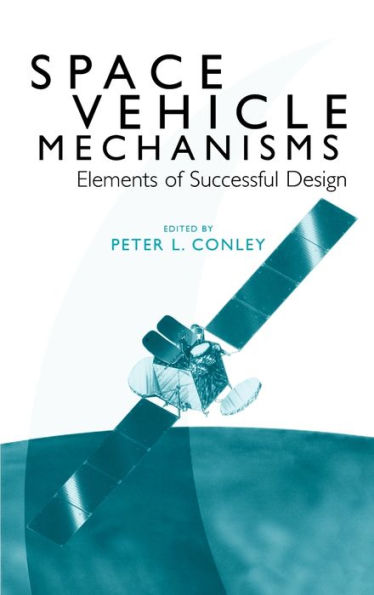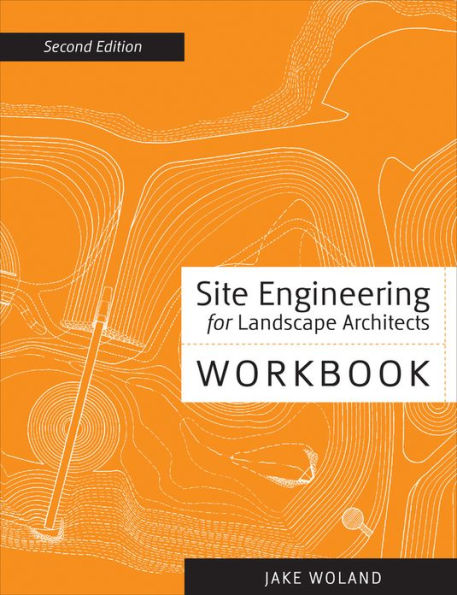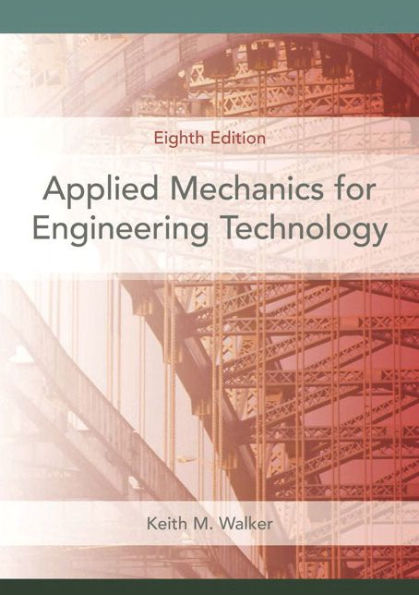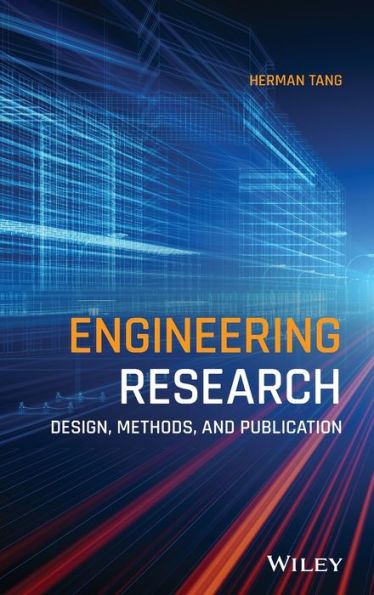Home
INTRODUCTION TO ENGINEERING DESIGN, Engineering Skills and Rover Missions: Book 10 3rd Edition
Loading Inventory...
Barnes and Noble
INTRODUCTION TO ENGINEERING DESIGN, Engineering Skills and Rover Missions: Book 10 3rd Edition
Current price: $79.00
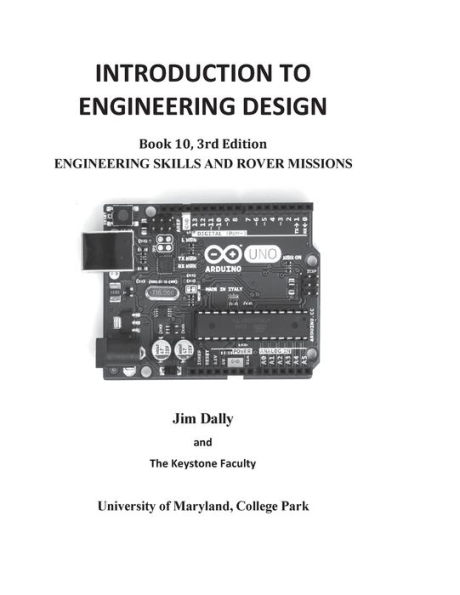

Barnes and Noble
INTRODUCTION TO ENGINEERING DESIGN, Engineering Skills and Rover Missions: Book 10 3rd Edition
Current price: $79.00
Loading Inventory...
Size: OS
*Product Information may vary - to confirm product availability, pricing, and additional information please contact Barnes and Noble
The textbook is used to support the students during a semester-long project. Some of the material may be covered in lecture, recitation or in a computer laboratory or a model shop. Additional material is covered with reading assignments. In other instances, the students use the text as a reference document for independent study. Exercises, provided at the end of each chapter, may be used for assignments when the demands of the project on the students' time are not excessive.
The book contains 16 chapters to present the many topics that first year engineering students should understand as they proceed through a significant portion of the
. Product and system development processes is introduced in early in the text. An Introduction to the course and to the textbook is provided in Chapter 1 to alert the students to the demands of the course and to introduce them to the problems frequently encountered by other students in designing, building and testing an autonomous model of a Rover. Information on team skills and the importance of the product development process is covered in Chapters 2 and 3. By assigning a demanding project, a holistic approach is employed in the student's first engineering experience that motivates them. Design of a Rover enables the instructor an opportunity to integrate a spectrum of knowledge about many topics. The student's hands-on participation in a design, building and testing an autonomous vehicle significantly enhances their learning process.
Chapter 4 describes basic electric circuits and batteries to provide technical background helpful for the design and control of the Rover. Sensors that may be used to complete the task assigned as part of the mission are described in detail in Chapter 5. Concepts of statics and dynamics are introduced in Chapter 6 to enable the students to understand the forces and moments and their effect on controlling the motion of their autonomous vehicle. Finally, an introduction to programming the Arduino microprocessor in a version of C is included in Chapter 7.
Two chapters on engineering graphics using computer programs are included. A discussion of preparing engineering drawings is described in Chapter 8. Several CAD/CAE programs are available on the college's computers and instructional videos are available to assist you in mastering the software. The use of tables and graphs in communicating engineering information using Microsoft Excel is presented in Chapter 9.
The very important topic of communications is covered in two chapters. Chapter 10, on technical reports, describes many aspects of technical writing and library research. The most important lesson here is that a technical report is different than a term paper for the History or English Departments. An effective professional report is written for a predefined audience with specific objectives. The technical writing process is described, and many suggestions to facilitate composing, revision, editing and proofreading are given. Chapter 11, on design briefings, shows the distinction among speeches, presentations and group discussions. Emphasis is placed on the technical presentation and the importance of preparing excellent visual aids. PowerPoint slides are usually employed as visual aids in a design briefing.
